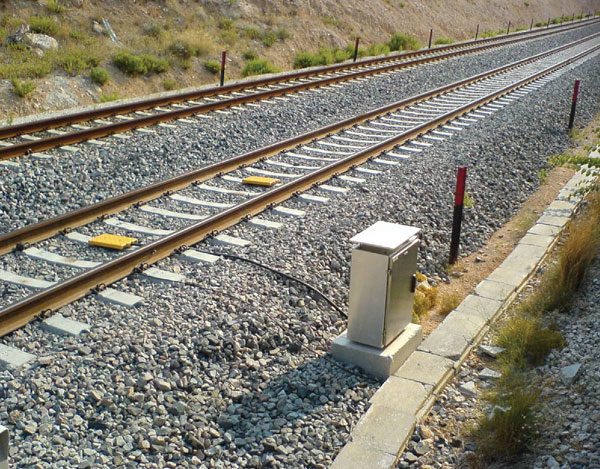This is quite an old article from 2006, detailing a project to install ETCS level 1 across the Greek network. Some background is given about the existing signalling

 www.globalrailwayreview.com
www.globalrailwayreview.com

ERTMS implementation in Greece
Though the Greek Railway Network is located far off Central Europe, ERGOSE S.A.1 is speeding up the efforts to comply with the interoperability requirements set by the European Community to facilitate unhindered, at least by technical barriers, cross-border operations at a European level and to...
The current signalling systems on the sections of line which comprise part of the new project (i.e. red highlighted section) are delivered by two suppliers; Bombardier (former ADtranz, ABB) and Alstom (former SASIB).
In the Greek Railway Network, both relay and computer-based interlocking systems exist. Most of the relay interlocking systems are supplied by Bombardier and are in compliance with British relay interlocking standards. On the Thessaloniki-Idomeni line, relay interlocking systems are supplied by SASIB.
Computer-based Interlocking systems are of the type ASCV (Alstom) and exist on the upgraded line sections Platy-Thessaloniki and Thessaloniki-Promahonas.
On the open line sections between Larissa and Platy, as well as within the TX1 area in Thessaloniki, blocks with 3-aspect block signals for capacity reasons exist. All other open line sections are not equipped with block signals.
Two basic track occupancy detection systems are used in the Greek Railway Network, Axle Counters on the line section Athens-Oinoi and Track Circuits on all other line sections (Onoi-Thessaloniki-Idomeni/Promahonas).
Currently, railway traffic in Greece is controlled by five Traffic Control Centres (TCCs). These are located in the railway stations of Korinthos, Athens, Lianokladi, Larissa and Thessaloniki. The TCC of Athens will soon be moved to the SKA railway complex area after the completion and opening of it.
No national implementation of an Automatic Train Protection System currently exists, therefore, no legacy system burdens the ETCS deployment.

